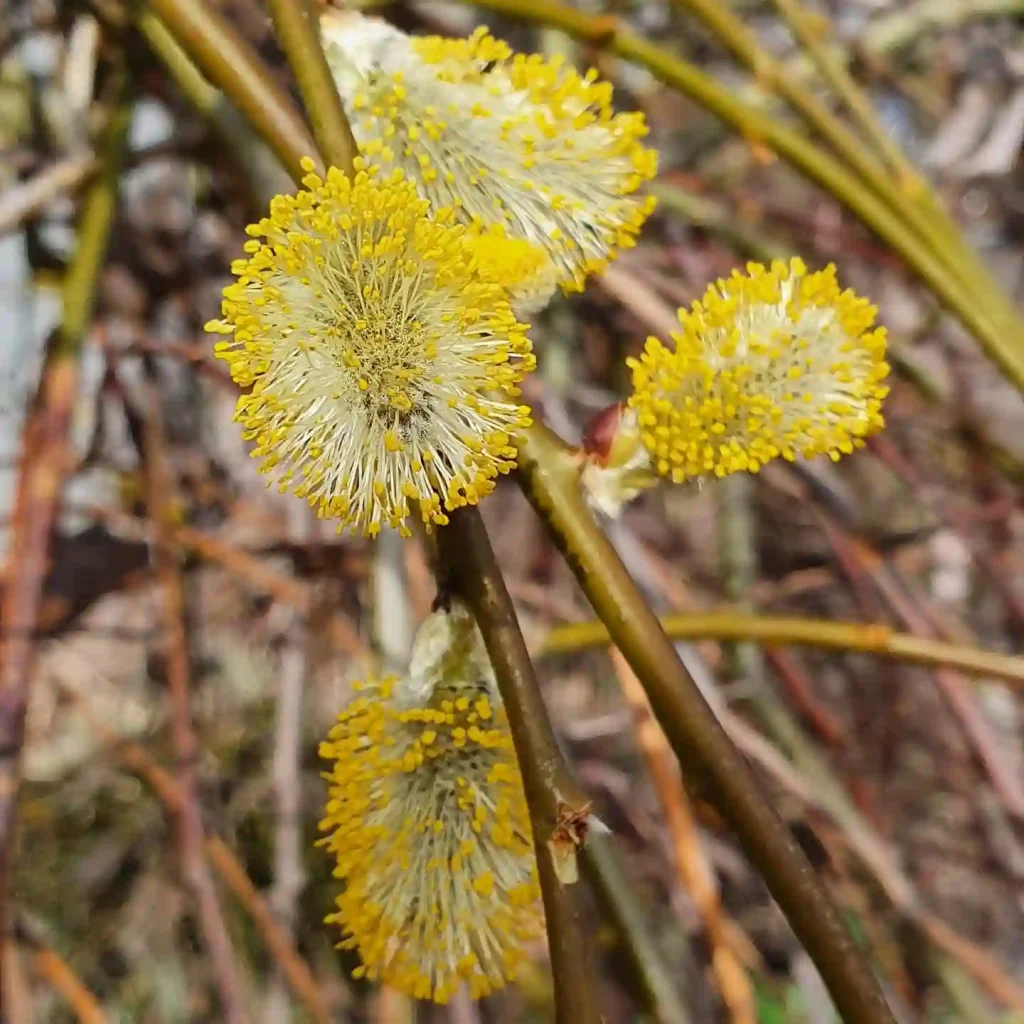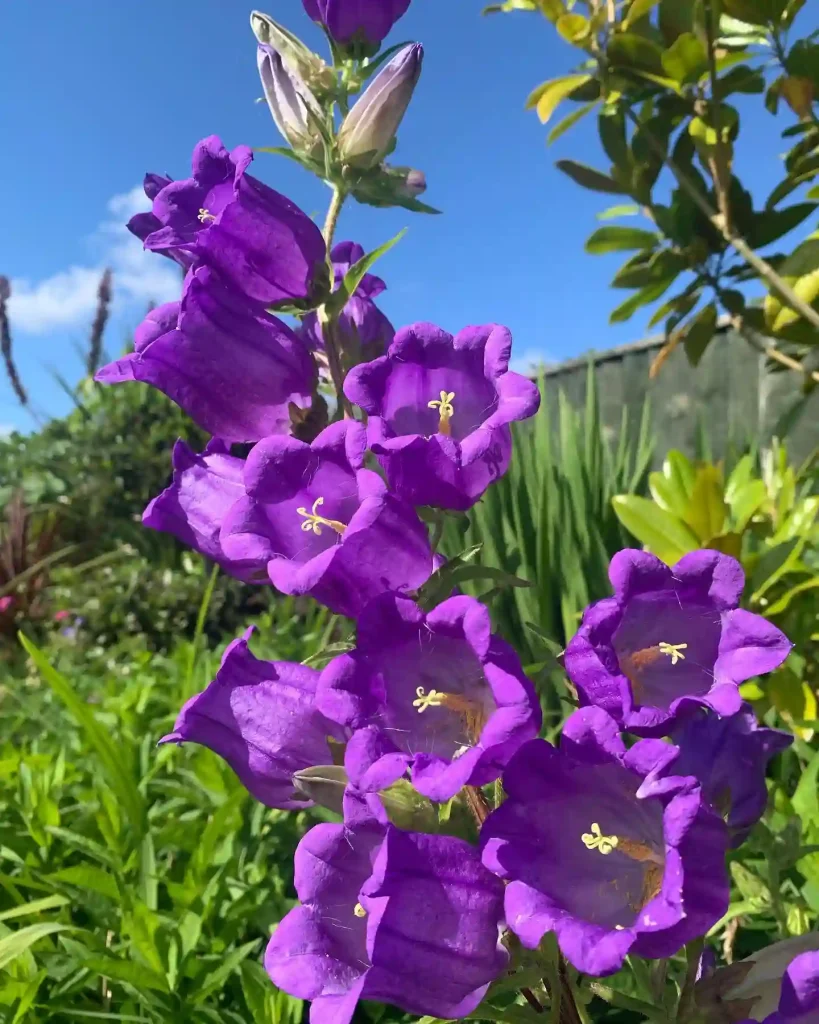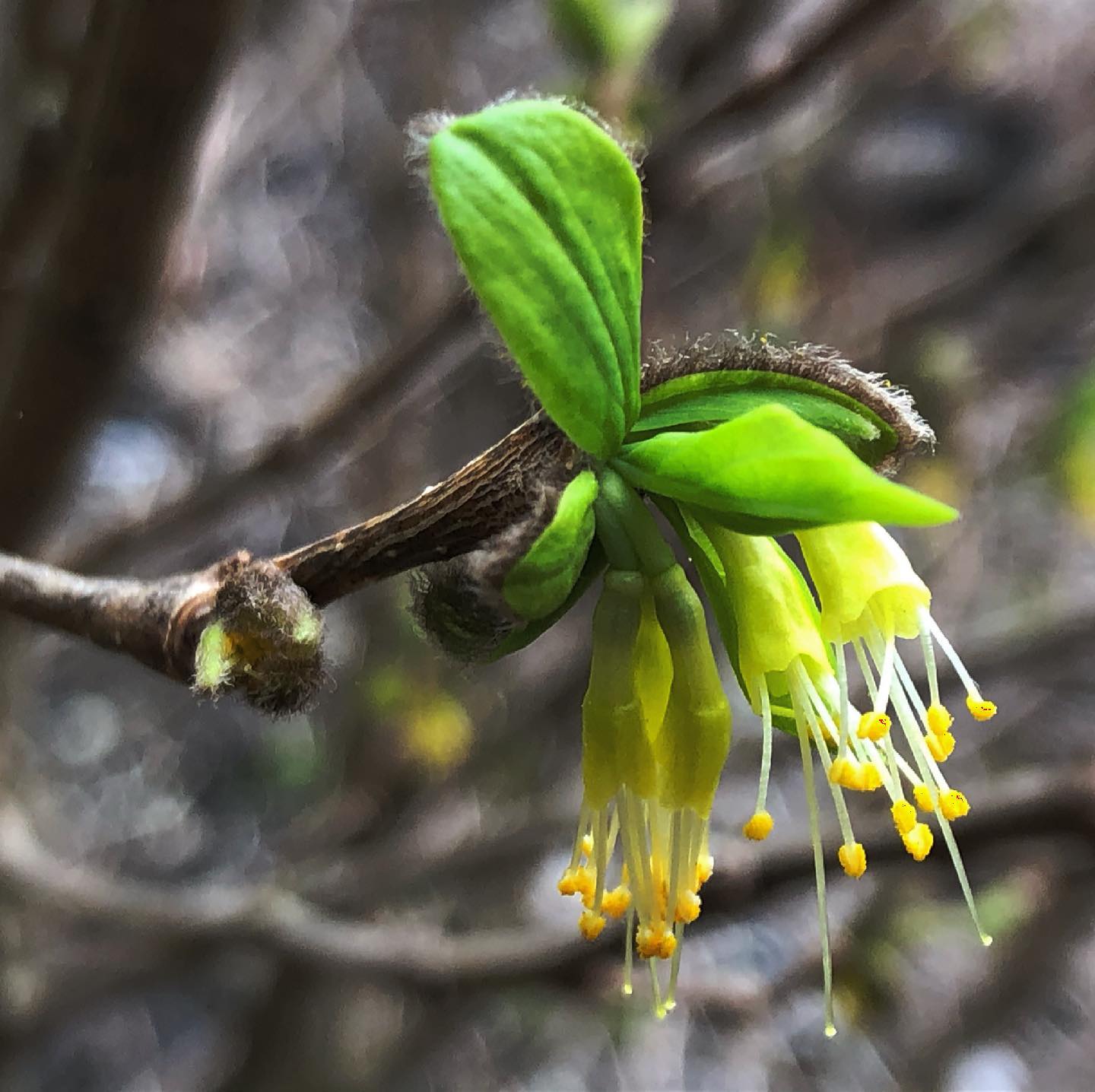Exploring the Fascinating Xyridaceae Family
As a plant enthusiast, I find myself continually drawn to the diverse world of plant families. Recently, my exploration led me to the Xyridaceae family, commonly known as the yellow-eyed grasses. This family is not only unique in its morphology but also holds ecological importance across various habitats. In this article, I will delve into some notable genera within this family: Abolboda, Achlyphila, Aratitiyopea, Orectanthe, and Xyris. Each offers a glimpse into the intricate web of plant life that surrounds us.
Overview of Xyridaceae Family
The Xyridaceae family consists primarily of perennial herbs found in wetlands and other moist environments. These plants thrive in nutrient-poor soils, often forming lush communities that provide habitat for various wildlife. The family is characterized by its linear leaves and small, yellow flowers, which often bloom in clusters.
One of the most fascinating aspects of Xyridaceae is its adaptability to different environments, showcasing a resilience that many plants lack. I have always appreciated plants that can thrive in challenging conditions, and the members of this family certainly fit that bill.
Genera of Xyridaceae
Abolboda
Abolboda is a genus I find particularly interesting. It primarily consists of herbaceous plants found in South America, especially in Brazil. What sets this genus apart is its ability to thrive in very wet conditions. I once visited a swampy area in Brazil, and there, I was captivated by the delicate flowers of Abolboda, standing tall amidst the murky waters. The vibrant blooms attract various pollinators, making them crucial players in their ecosystem.
Achlyphila
Achlyphila is another intriguing genus within the Xyridaceae family. It is less known but equally important. These plants tend to grow in sandy or peaty soils and are often found in open, sunny areas. During my travels, I have encountered Achlyphila species in various habitats, and their unique adaptations to sandy soils have always impressed me. The leaves are finely textured, adding an interesting visual element to their surroundings.
Aratitiyopea
The genus Aratitiyopea stands out due to its distinct morphological features. This genus is primarily native to South America, where it thrives in wetlands and marshes. What I find fascinating is how Aratitiyopea species have evolved to have specific adaptations that allow them to survive in such habitats. For instance, the shape of their leaves minimizes water loss while maximizing sunlight exposure. Observing these plants in their natural habitat has given me a deeper appreciation for their role in maintaining ecological balance.
Orectanthe
Moving on to Orectanthe, this genus is known for its striking flowers and habitat preferences. Orectanthe species are typically found in moist, acidic soils, often in the company of other wetland plants. I remember one particular visit to a bog where I encountered Orectanthe blooming amidst a sea of green. The flowers, though small, pack a punch in terms of visual impact. Their bright yellow hues stand out against the rich greens of the surrounding vegetation, drawing the eyes of anyone lucky enough to stumble upon them.
Xyris
Finally, we have Xyris, the most recognized genus within the Xyridaceae family. Known as yellow-eyed grasses, Xyris species are widespread in tropical and subtropical regions. I have had the pleasure of observing Xyris in various landscapes, from wetlands to savannas. The beauty of Xyris lies not only in its vibrant flowers but also in its ecological contributions. These plants provide essential habitats for insects and birds, playing a vital role in their ecosystems.
The Importance of Xyridaceae
The Xyridaceae family may not be as widely recognized as others, but its ecological significance cannot be overstated. These plants are crucial for maintaining wetland ecosystems, providing food and habitat for a variety of organisms. During my visits to wetlands, I have witnessed firsthand how these plants stabilize soil and prevent erosion, contributing to the health of their environment.
Additionally, Xyridaceae species have been used in traditional medicine and are of interest for their potential medicinal properties. As we continue to explore the wonders of the plant kingdom, I believe it’s essential to recognize and appreciate the often-overlooked families like Xyridaceae.
Conclusion
In my journey through the world of botany, the Xyridaceae family has emerged as a captivating subject of study. From the delicate flowers of Abolboda to the ecological importance of Xyris, each genus offers a unique perspective on plant life. As I continue to explore and learn about these plants, I am reminded of the intricate connections that bind our ecosystems together. I hope this exploration inspires others to appreciate the beauty and importance of the Xyridaceae family in our natural world.
If i die, water my plants!



